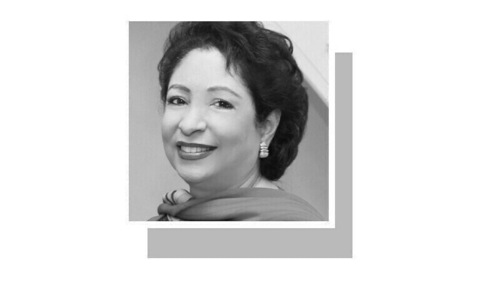IT’S not easy to make nuclear weapons, build missiles to carry them long distances, and to produce highly enriched uranium or plutonium. But the hardest part of making nuclear weapons is keeping them safe so they do not detonate except under orders from the National Command Authority. Because escalation control will be extremely difficult after the appearance of a single mushroom cloud, an accidental, inadvertent or unauthorised detonation can lead to ruin.
Nuclear safety and security techniques and practices are designed to prevent these eventualities. Gates and guards and personnel reliability programmes help with nuclear security. Nuclear weapon design features and other safety techniques help provide insurance against accidental, inadvertent or unauthorised detonations. Nuclear safety and security reinforce each other. Sometimes these categories merge. For example, authorisation codes required to arm and use a nuclear weapon, called permissive action links, can be considered as essential for both nuclear safety and security. Additional design features are also required.
The US has a ‘one-point safety’ standard for its nuclear weapons. This means that the probability of achieving a nuclear yield greater than four pounds of TNT must not exceed one in a million for any event involving the initiation of the warhead’s high explosive at a single point on its periphery. The US achieved this exacting safety standard after decades of effort, significant investment, and a learning curve from nuclear testing.
Warhead safety mechanisms will be put to the test in the event of conventional warfare. During crises, both Pakistan and India rely for deterrence purposes on missiles that are advertised to carry nuclear warheads as troops are mobilised in fighting corridors. In past crises, Pakistan has used missile flight tests and movements of medium-range missiles to clarify resolve to India. Medium-range missiles can be kept far from potential zones of fighting and are hard to target.
Short-range missile systems constitute a new feature in deterrence equations on the subcontinent. India has flight-tested the Prahaar, a missile with up to 350 kilometre range. Pakistani analysts assert that the Prahaar could carry nuclear weapons. Pakistan has flight-tested the nuclear-capable Nasr with a range of perhaps 60 kms. It has been advertised as being capable of carrying nuclear warheads to reinforce “full spectrum deterrence”, so as to dissuade Indian leaders from authorising military advances on Pakistani territory.
The US has a one-point safety standard for its N-weapons.
To have their proper deterrent effect, short-range missile systems need to operate close to the forward edge of prospective battlefields. In the event that crisis management fails and warfare begins, these missiles can either be in motion or be fixed targets. Either way, the Pakistani and Indian air forces are trained to employ aggressive tactics, and these missiles will be fair game. If they are struck, if they are carrying nuclear weapons, and if these weapons do not incorporate advanced safety features, mushroom clouds could result.
While much is known about how to make nuclear weapons, fissile material and delivery vehicles, little information is in the public domain about mechanisms for nuclear safety. States that already have decades of experience can share best practices regarding nuclear security, but some critical information regarding nuclear safety is highly classified. Even if long-time nuclear weapon states were willing to share sensitive information, potential recipients would not allow outsiders anywhere near their nuclear design information. In other words, there is a mutual taboo about information exchanges relating to nuclear safety.
Understanding nuclear safety issues is hard for political and military leaders. They are not trained in nuclear physics, mechanical engineering and chemistry. They cannot make independent judgements about nuclear weapon safety and must rely on guarantees provided by technical experts and lab heads.
US presidents have relied on competing design teams at different nuclear labs to double check assurances they received and to confirm technical calculations. Because US labs had comparable design capabilities and were highly competitive, this proved to be an effective way to confirm assurances given. In addition, junior analysts at national labs were encouraged to question the design decisions of their elders, and could do so without sacrificing their professional advancement.
Nuclear safety begins with avoiding intense crises and warfare. Nuclear safety can be advanced by a competitive but collaborative laboratory culture. Rethinking dangerous military practices is another way to improve nuclear safety and security. Weapons that are hardest to maintain control over in wartime and closest to live fire are, by definition, the least safe and secure. If weapon designs are not one-point safe, making them hard to find and keeping them at a distance from ongoing military operations is the best insurance policy against the accidental, inadvertent and unauthorised use of nuclear weapons.
The writer is author of Better Safe than Sorry: The Ironies of Living with the Bomb.
Published in Dawn, April 28th, 2015
On a mobile phone? Get the Dawn Mobile App: Apple Store | Google Play











































